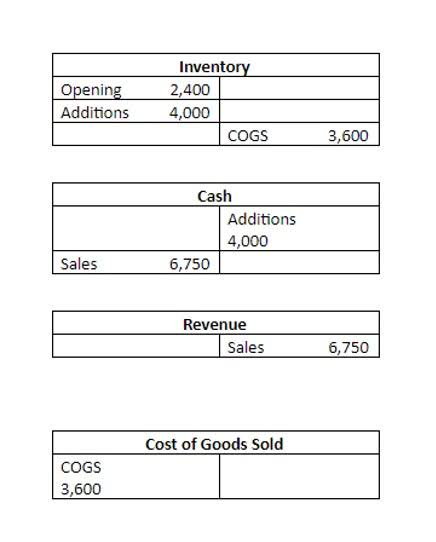
Gain clarity on key financial assets representing money owed to your company and their crucial role in financial reporting. If a customer fails to make a payment on time or defaults on their loan agreement, it’s essential to follow up promptly with reminders and collection efforts. Developing strong collections processes can significantly improve your chances of recovering outstanding debts before they become uncollectible. Additionally, managing and tracking multiple notes receivable can be time-consuming and require resources that smaller companies don’t have readily available.
- This includes any principal and interest payments scheduled to be received during this period.
- Interest Receivable is increased on the debit (left) side of the account and decreased on the credit (right) side of the account.
- From a legal perspective, the term “notes receivable” comes with its own set of rules and regulations.
- The process is extremely complex and the description below is a simplified version.
- Notes receivable may also be secured by collateral, offering additional protection to the lender, unlike the unsecured nature of accounts receivable.
- The underlying concept is to provide a valuation adjustment for potential uncollectibility, reflecting a more realistic assessment of the assets’ worth.
Notes Receivable Journal Entries Examples

When the investment in a note receivable becomes impaired for any reason, the receivable is re-measured at the present value of the currently expected cash flows at the loan’s original effective interest rate. To sum up, notes receivable can be beneficial for businesses looking to improve their cash flow and expand their operations. As a current asset, they are valuable resources that companies can use to finance their day-to-day activities or long-term investments. There are many reasons why a business might have notes receivable in its is note receivable a current asset accounting records.
- This journal entry causes the balance in Accounts Receivable to decrease and the balance in Note Receivable to increase.
- Another benefit is that Notes Receivable typically offer higher interest rates than other forms of financing, such as bank loans or lines of credit.
- The difference between a short-term note and a long-term note is the length of time to maturity.
- This classification is dynamic; a note initially classified as non-current will transition to a current asset when its maturity date comes within one year of the balance sheet date.
- They may also be subject to different accounting treatment depending on whether they are secured by collateral or not.
- The maturity date defines when the principal and any accrued interest must be repaid.
Recognition and Measurement of Accounts Receivable

They ensure that every transaction is properly recorded and accurately reflected in your financial statements. Is because the amortization of the discount is in equal amounts and does not take into consideration what the carrying amount of the note was at any given period of time. The difference between a short-term note and a long-term note is the length of time to maturity. As the length of time to maturity of the note increases, the interest component becomes Retail Accounting increasingly more significant. As a result, any notes receivable that are greater than one year to maturity are classified as long-term notes and require the use of present values to estimate their fair value at the time of issuance. Determining present values requires an analysis of cash flows using interest rates and time lines, as illustrated next.

Financial Consolidation & Reporting
- This financial instrument differs from accounts receivable, which are generally informal agreements for amounts owed by customers from routine sales on credit.
- A higher proportion of current assets indicates greater short-term financial flexibility.
- First and foremost, they must determine whether the note will be due within one year or longer than one year.
- As can be seen above, the net method records and values the accounts receivable at its lowest, or net realizable value of $39,400, or gross sales for $40,000 less the 1.5% discount.
- Simply put, a business can report all the profits possible, but profits do not mean cash resources.
- A note receivable is usually recorded as an asset on the balance sheet, but it is not always classified as a quick asset.
Note that for this method, the previous balance in the AFDA account is not taken into consideration. This is because the credit sales method is intended to calculate the bad debt expense that will be reported on the income statement. This is a fast and simple way to estimate bad debt expense because the amount of sales (or preferably credit sales) is known and readily available. This method also illustrates proper matching of expenses with revenues earned over that reporting period. It is important to consider carefully how to manage and control accounts receivable balances.

Current and Non-Current Classification

As mentioned earlier, if Anchor used IFRS the $480 discount amount would be amortized using the effective interest method. If Anchor used ASPE, there would be a choice between the effective interest method and the straight-line method. SEACOR Marine Capital Inc., specializes http://eetranslations.nl/blog/create-a-cash-disbursements-journal-report/ in a wide range of offshore marine vessels. In march 2023, in their financial declaration, they had mentioned a sale with a company called MexMar for $28.8 million in July 2022.
